12 Simple Steps to Grow Parsley in Pots Like a Pro
Parsley is a wonderful herb to grow in pots, as it thrives in smaller spaces and provides fresh flavor for many dishes. Growing parsley in containers gives you more control over the plant’s environment, making it easier to care for. With a little attention and the right conditions, parsley can grow well and be harvested throughout the year. In this guide, we will share some essential tips to help your parsley plants flourish. These simple steps will ensure your plants stay healthy and productive.
This post may contain affiliate links, which helps keep this content free. Please read our disclosure for more info.
Choose the Right Pot Size
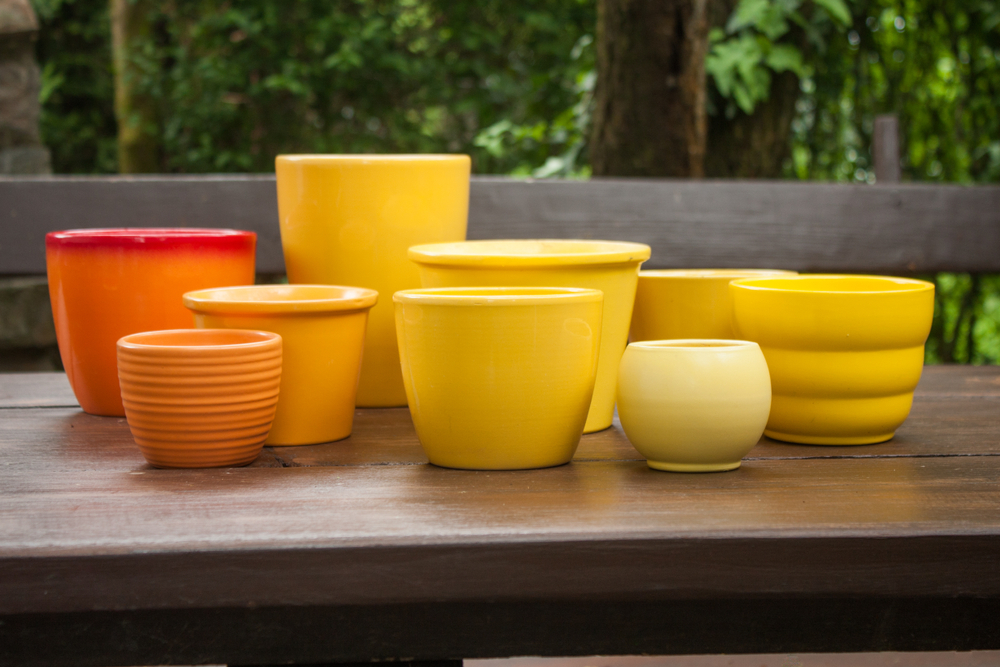
When growing parsley in pots, it is important to select a container that provides enough space for the roots to grow. A pot that is at least 6 to 8 inches deep will give your parsley the room it needs to establish itself. Using a pot that is too small can lead to root overcrowding and poor plant health. Opt for a container with drainage holes to prevent water from pooling and to ensure healthy root growth.
Larger pots are better for parsley as they allow for better water retention and reduce the need for frequent watering. A wide pot is also ideal since parsley roots can spread out horizontally. Make sure the pot is sturdy enough to support the weight of the plant as it grows. Choosing the right pot will set a solid foundation for a healthy parsley plant.
Provide Plenty of Sunlight
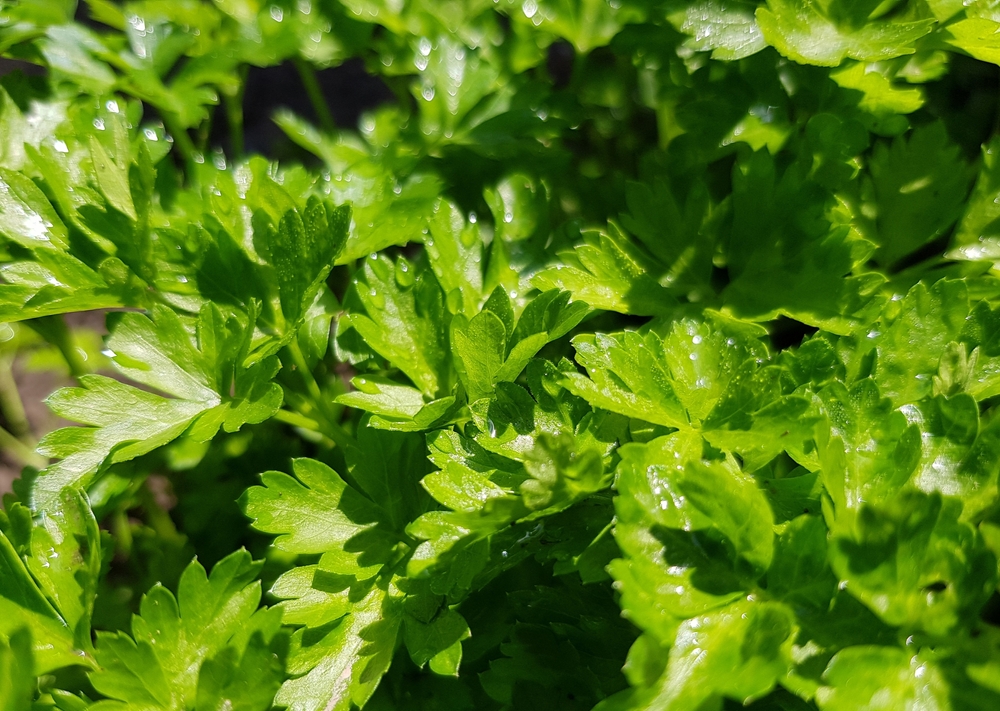
Parsley thrives best with at least 4 to 6 hours of direct sunlight each day. A sunny windowsill, balcony, or porch is an ideal location for growing parsley in pots. While parsley can tolerate partial shade, too little sunlight can result in weak growth and fewer leaves. Try to place your pot in a location where it can receive consistent sunlight, especially during the growing season.
During the colder months or in areas with limited sunlight, consider using a grow light to provide additional light. Even though parsley can survive with some shade, it will produce better leaves with more sunlight. Always keep an eye on your plant and adjust its location to ensure it receives enough light. Sunlight is crucial for strong, vibrant parsley plants.
Use Well-Draining Soil
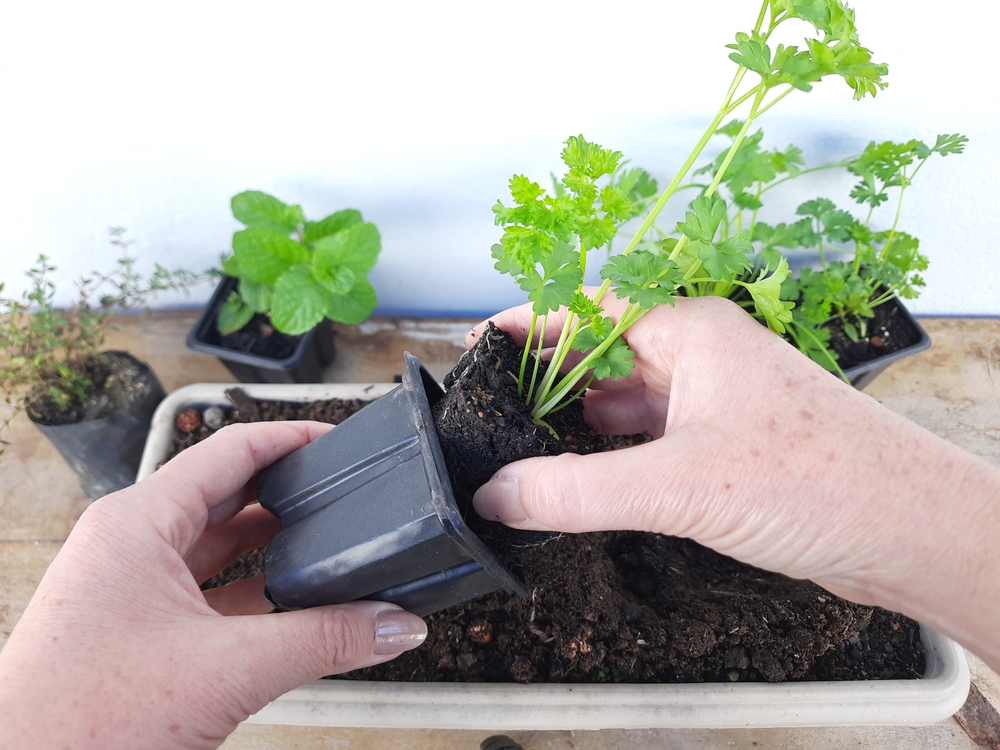
When planting parsley in pots, it is essential to use a well-draining soil mix. A mix that is too dense can retain too much moisture, leading to root rot and other plant diseases. A good-quality potting mix designed for herbs works best, as it provides the right balance of drainage and nutrients. You can also add perlite or sand to improve drainage if your soil seems too heavy.
Parsley’s roots prefer moist but well-drained soil, so avoid using soil that stays soggy for long periods. Proper drainage ensures the roots receive enough oxygen, promoting healthy growth. Make sure the pot’s drainage holes are not blocked to allow water to escape freely. Well-draining soil is key to growing parsley successfully in containers.
Water Properly
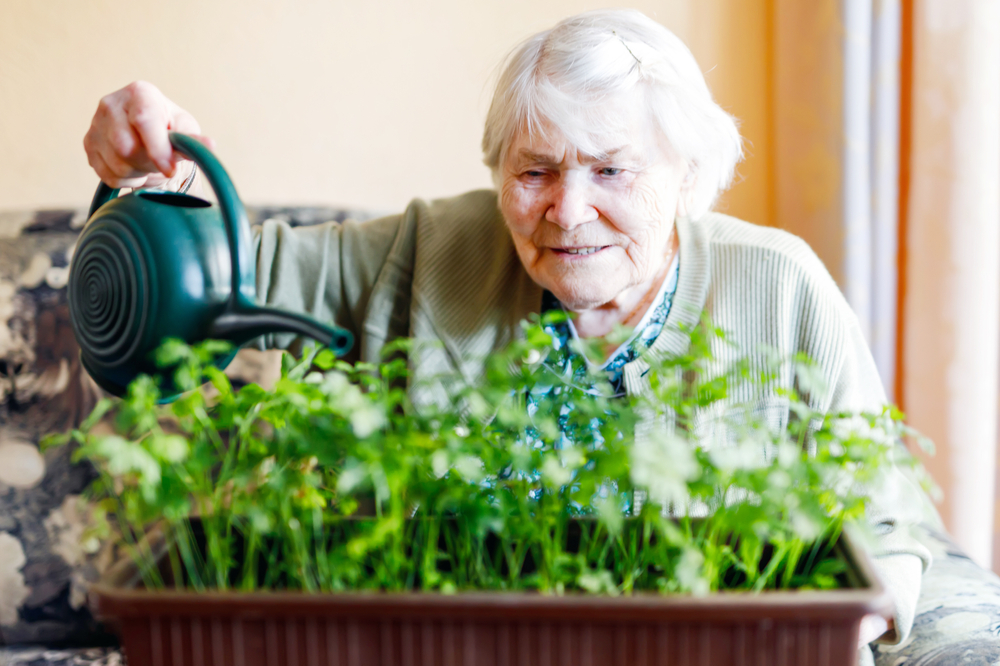
Parsley needs regular watering, but it does not like to sit in wet soil for extended periods. Water your parsley plant when the top inch of the soil feels dry, but be careful not to overwater. A consistent watering schedule is important, especially during hot weather when the soil can dry out quickly. Ensure that the pot has adequate drainage to prevent water from accumulating at the bottom.
During the colder months, parsley requires less frequent watering since the plant’s growth slows down. Avoid letting the soil dry out completely or remain soggy, as both conditions can harm the plant. You can check the moisture level by inserting your finger into the soil. Watering correctly will help your parsley grow strong and healthy.
Maintain Consistent Temperature
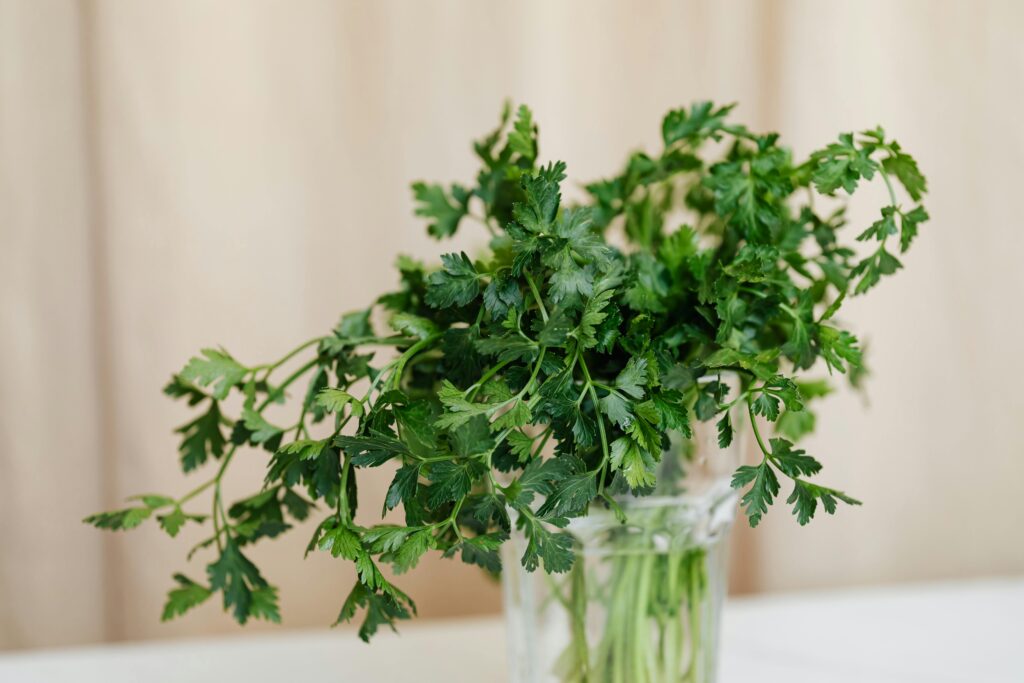
Parsley grows best in moderate temperatures, ideally between 55 degrees F to 70 degrees F (13 degrees C to 21 degrees C). Avoid placing the pot in areas with extreme temperature fluctuations, such as near heating vents or in direct drafts. If the weather is too hot or cold, parsley may stop growing or become stressed. Keeping the plant in a spot where the temperature remains stable will help it thrive.
During the summer, if temperatures rise above 75 degrees F (24 degrees C), consider moving the plant to a cooler area or providing some afternoon shade. During winter months, ensure the plant does not get exposed to frost or freezing temperatures. Consistent temperatures help parsley grow at its best, promoting healthy leaf production. Try to find a place that maintains a steady, moderate temperature throughout the day.
Fertilize Regularly
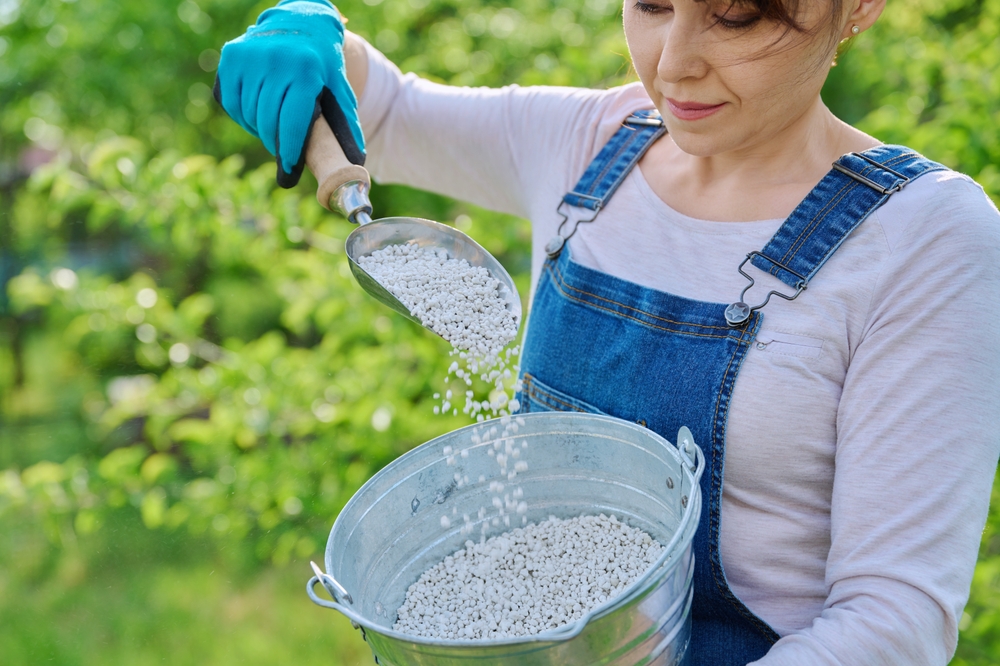
While parsley is not a heavy feeder, it benefits from occasional fertilizing to encourage strong growth. Use a balanced, water-soluble fertilizer or organic options like compost or worm castings. Apply the fertilizer every 4 to 6 weeks during the growing season, following the instructions on the label. Over-fertilizing can harm the plant, so it is important to avoid excessive amounts of fertilizer.
Parsley prefers soil that is rich in nutrients, so incorporating organic matter into the soil can help boost growth. If you are growing parsley indoors, it is especially important to fertilize since indoor soil can be less nutrient-rich. The right amount of fertilizer will keep your parsley healthy and productive throughout the season. Be sure to use fertilizer sparingly to avoid nutrient burn.
Harvest Regularly
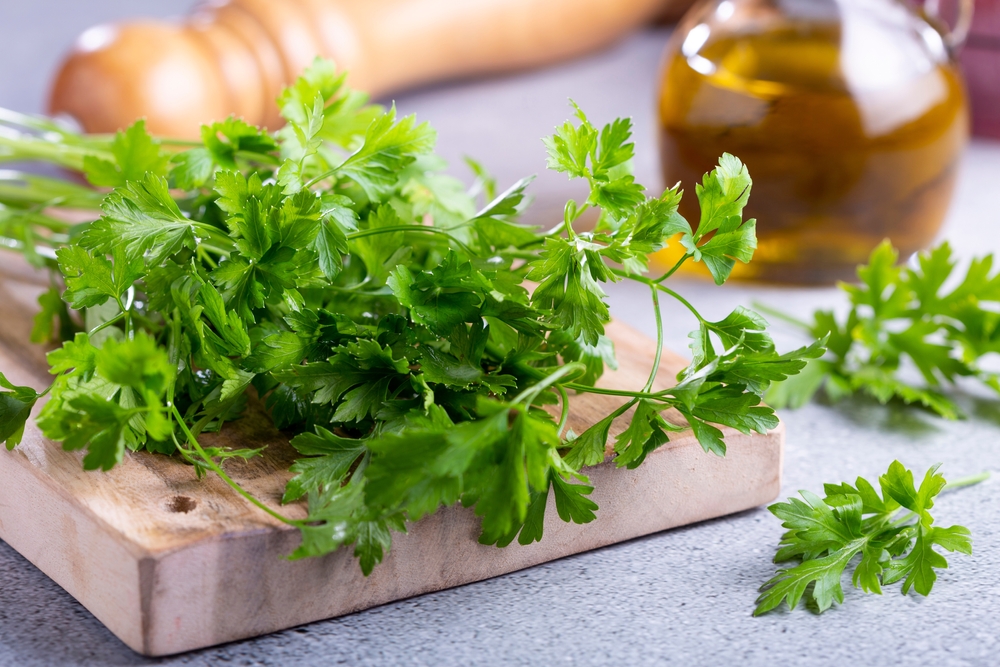
To encourage new growth, it is important to harvest parsley regularly. Trim the outer leaves first, leaving the inner leaves to continue growing. Harvesting older leaves prevents the plant from becoming too leggy and ensures it remains compact. Cutting parsley frequently will encourage the plant to produce more leaves and continue thriving.
Be careful not to remove more than one-third of the plant at a time to avoid stressing it. Regular harvesting also helps prevent flowers from forming, as parsley tends to bolt and go to seed once it flowers. Use sharp scissors or pruning shears to make clean cuts and avoid damaging the plant. By harvesting regularly, you can enjoy fresh parsley throughout the growing season.
Prevent Pests and Diseases

Keeping parsley free from pests and diseases is important for maintaining healthy growth. Common pests like aphids and spider mites can affect parsley, so it is essential to check the plant regularly for signs of infestation. If pests are found, treat the plant with an insecticidal soap or spray it with a mild mixture of water and dish soap. Neem oil is also an effective natural remedy to keep pests away.
In addition to pests, parsley can also suffer from fungal diseases like powdery mildew. Ensure the plant has good air circulation and is not overcrowded, as this can help prevent the spread of disease. Watering at the base of the plant instead of overhead also helps reduce moisture on the leaves, preventing fungal growth. Regular monitoring will help keep your parsley healthy and pest-free.
Provide Proper Air Circulation
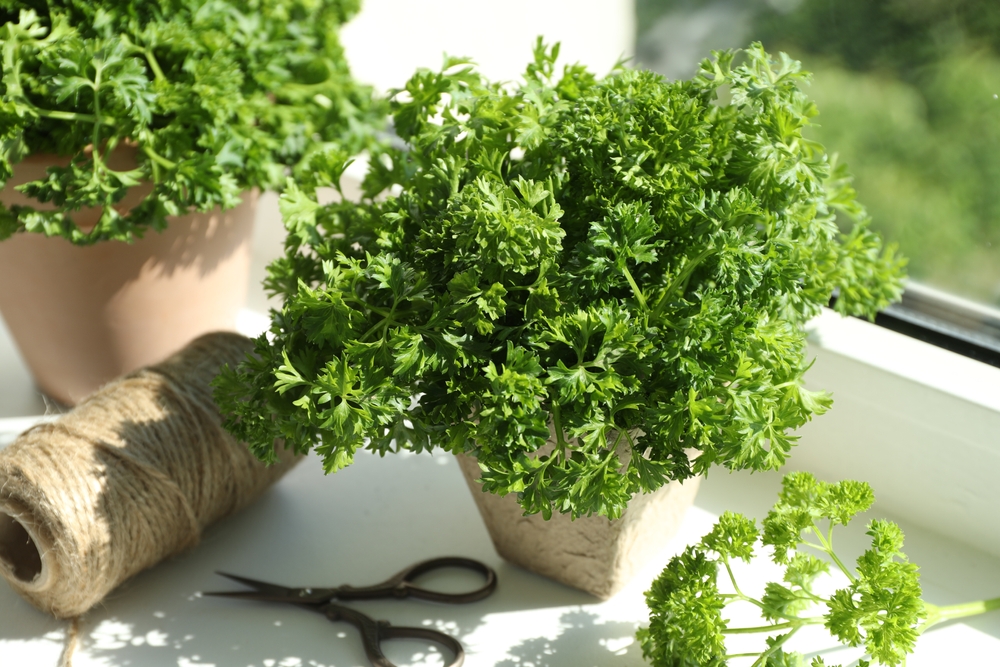
Proper air circulation is essential for parsley to grow healthy and strong. Crowded pots or spaces can limit airflow, leading to fungal diseases or pests. To ensure good circulation, place parsley pots in an open area where air can flow freely around the plant. Avoid placing the pot in enclosed spaces or near other dense plants that may restrict airflow.
Good ventilation is particularly important if you are growing parsley indoors, where the air may be stagnant. Moving the pot to a well-ventilated spot can help prevent common problems like mold and mildew. The more room for airflow, the healthier your parsley will be. Proper air circulation is a simple but effective way to support your plant’s overall health.
Choose the Right Parsley Variety
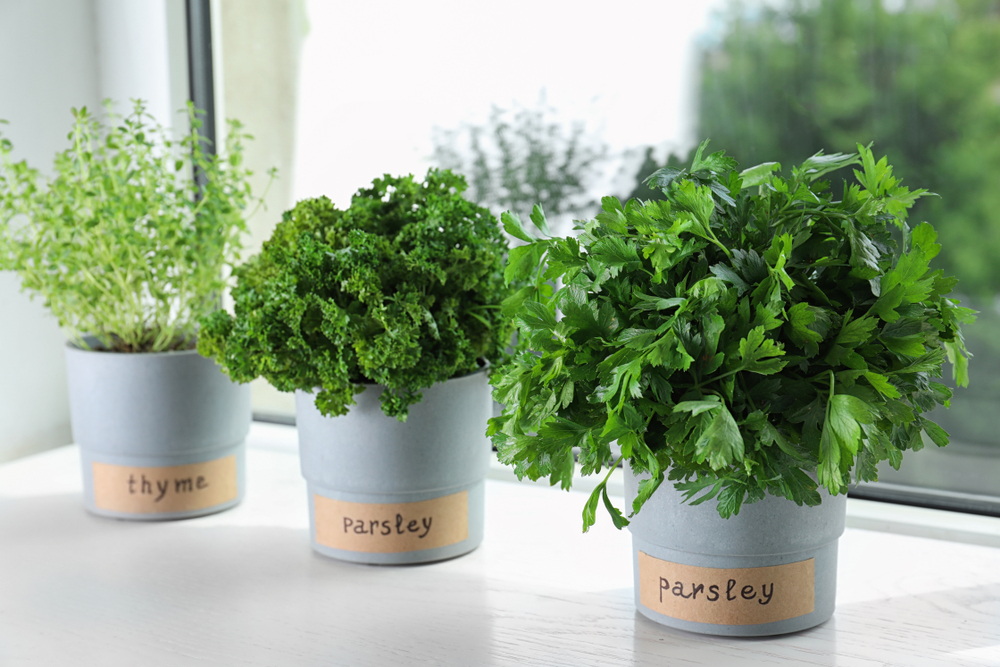
There are two main types of parsley: flat-leaf (Italian) parsley and curly-leaf parsley. Flat-leaf parsley is favored for cooking, as it has a stronger flavor and is easier to chop. Curly-leaf parsley, while often used for garnishing, has a milder flavor. Choose the variety that best suits your needs and growing preferences.
Flat-leaf parsley tends to grow more quickly and is easier to maintain in pots. It is also more heat-tolerant than curly-leaf parsley, making it a good choice for warmer climates. Curly-leaf parsley can be a bit more delicate and may require more care to thrive in containers. Selecting the right variety will ensure that you get the most from your parsley plant.
Repot When Necessary

As parsley grows, its roots may outgrow the pot, leading to restricted growth. When this happens, repotting the plant into a larger container will allow it to continue developing. Repotting every year or when the plant becomes root-bound ensures that the parsley has the space it needs to grow. Be sure to handle the roots gently when transplanting to avoid damage.
When repotting, use fresh soil and a larger pot with drainage holes. Choose a pot that is only slightly larger than the current one to avoid giving the plant too much space. Parsley prefers a snug environment for better root development, so do not over-pot. Repotting will help keep your plant healthy and productive for a longer period.
Winter Care for Indoor Parsley
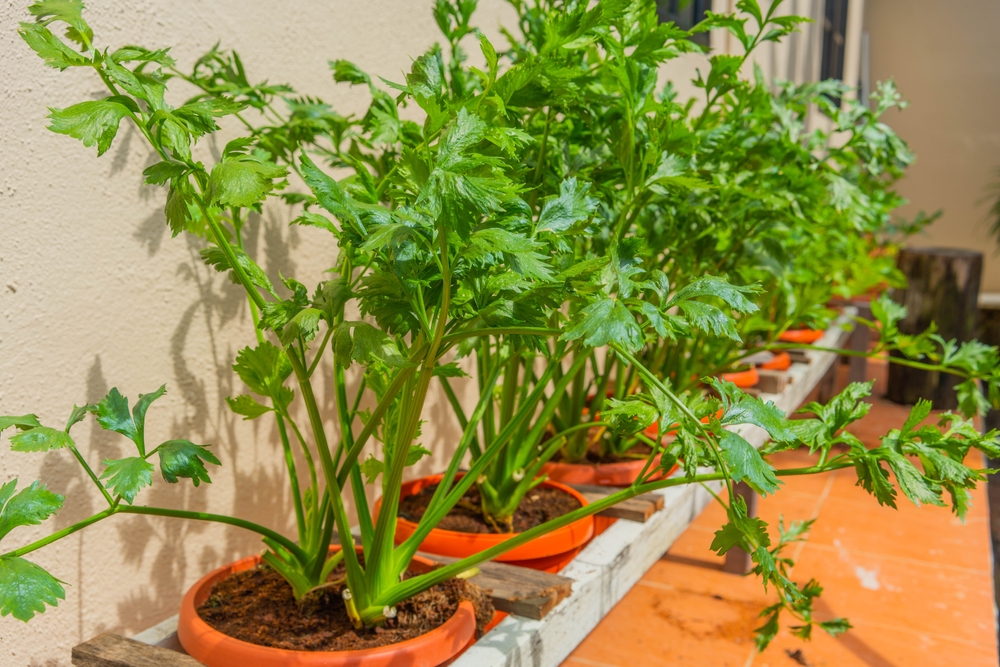
During the colder months, parsley grown indoors requires special attention to continue thriving. Keep the plant in a location that receives plenty of light, such as a south-facing windowsill. If the weather is very cold outside, you can also use a grow light to supplement natural sunlight. Reduce watering in winter, as the plant’s growth slows down during the colder months.
It is important to check the plant regularly for pests, as indoor conditions can sometimes promote infestations. Avoid placing the plant near heaters or drafts, as extreme temperature fluctuations can cause stress. By adjusting your care routine during the winter, your parsley can survive the colder months and be ready to grow again when the weather warms up. Winter care ensures that your indoor parsley stays healthy all year long.
Caring for parsley in pots offers a simple way to enjoy fresh herbs with minimal effort. By following these tried-and-true tips, you can grow parsley successfully in containers, whether on a balcony, windowsill, or garden. Parsley’s ease of growth and versatility make it an ideal choice for home gardeners. Begin growing parsley today and watch it flourish with just a little attention and care.
This article originally appeared on Avocadu.
